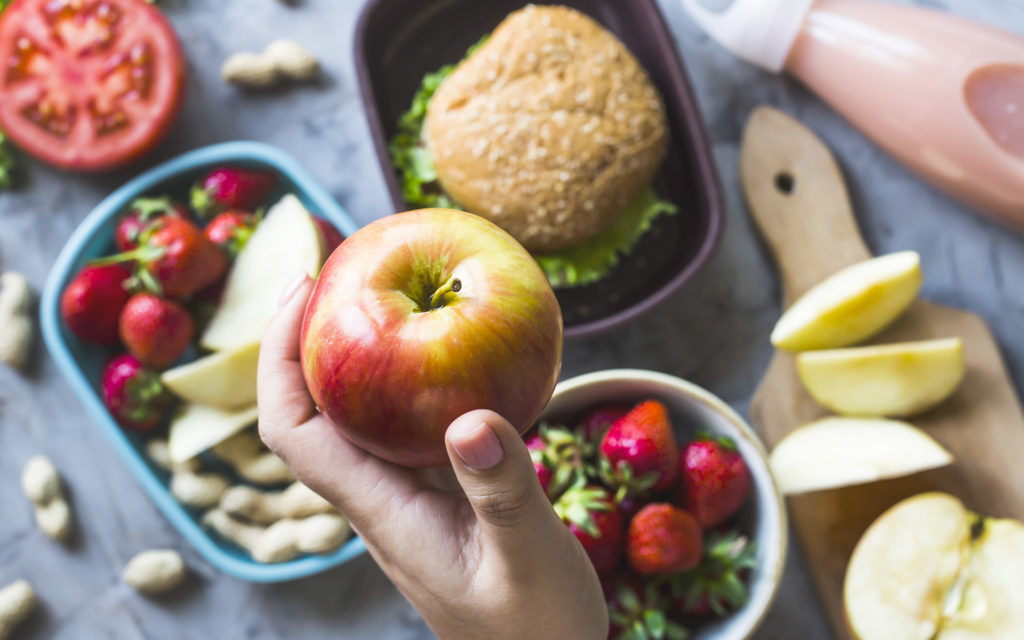Whole foods are made with minimal processing, allowing the nutritional property and use of the original food to be retained (Moubarac et al., 2012). Hundreds of years ago, whole foods were the only dietary choice people had. Nowadays, however, consumers have far more options: grocery stores and restaurants now offer convenient, processed foods in abundance. When you look closer, however, the negative implications of highly processed foods for weight gain become clear (Volkow, Wang, & Baier, 2011).
Whole foods
Selecting whole foods means choosing proper nutrients in order to feel satiated. These foods include fresh meats, unsalted nuts, legumes, fresh or frozen fruits and vegetables, and pasteurised milk (Monteiro, Levy, Claro, Castro, & Cannon, 2010; Moubarac et al., 2012). Each of these are minimally processed (Moubarac et al., 2012).
Processed/refined foods
Foods earn the label of “processed” after undergoing procedures like baking, curing, smoking, frying, salting, sugaring, pickling, or canning (Monteiro, Levy, Claro, Castro, & Cannon, 2010). Processed foods often contain less than half the dietary fibre and six times the free sugar of whole foods, as well as increased sodium and fat content (Moubarac et al., 2012). Examples of processed foods include chips, bread, sausages, pizza, sweets, energy bars and soft drinks (Moubarac et al., 2012).
When the body consumes foods high in sugar and fat there is a food reward associations created. This means that even if you don’t physically require food, your brain will compel you to eat (Volkow, Wang, & Baier, 2011). This can lead to overeating which contributes to obesity.


